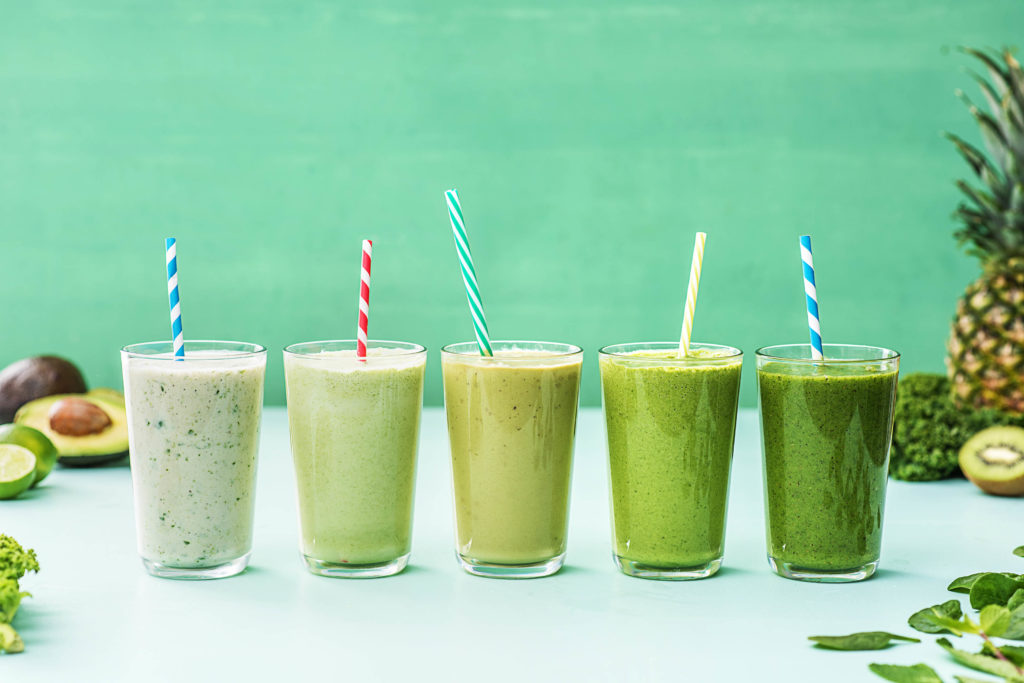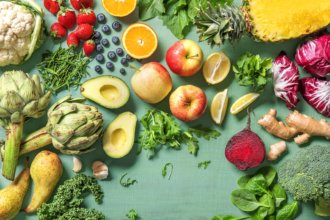6 Ways to Reduce Your Food Waste
April 9, 2020Food waste is a big issue all around the world, but there are small steps we can all take to help reduce our individual impact.
We recently conducted a food waste survey and discovered 92% of Canadians strongly or somewhat agree that food waste is a serious problem for our planet. Plus, 97% of Canadians think it’s important to reduce food waste! Food waste happens all throughout the supply chain – from farm level and all the way to our very own kitchens. Do your part to reduce food waste by adding these six simple tips into your routine.
Store Food Correctly
Unpacking your groceries isn’t so simple. When it comes to produce, each have their own ideal environment that will help elongate their shelf life. Storing your produce correctly is one of the most important changes you can make to help reduce your food waste. Foods like potatoes, garlic, and onions should be kept a room temperature, not in the fridge. It’s also important to separate fruits & veg that produce more ethylene gas from those that don’t. Fresh fact: ethylene gas ripens food and can lead to quicker spoilage.
Fresh tip: Some foods that release ethylene gas while ripening include bananas, avocados, tomatoes, peaches, pears, and green onions. Keep these foods away from ethylene-sensitive foods like potatoes, apples, leafy greens, berries, and peppers.
Learn to Preserve
The struggle is real when it comes to knowing how much food to buy. In fact, over 40% of Canadians say they find themselves throwing food away due to buying more than they needed. We hate to see good produce go to waste, so when you do find yourself in this situation, fermenting is a great option! Preserving or fermenting veggies is a great way to use up produce you didn’t have a chance to cook up. It will keep your produce from being thrown away and leaves you with delicious pickled veggies to enjoy later. Check out our in-depth guide on How to Ferment Vegetables at Home.
Give Your Leftovers New Life
Leftovers are a common thing in households around the country. Reheating the same meal over and over again gets boring! Instead, give your leftovers new life by creating a whole new dish with them! Use leftover mashed potatoes to make potato pancakes or leftover rice for rice pudding or fried rice. Leftover proteins have an endless list of uses. Use them as a topping on pizza, your favourite pasta recipe, or the filling in a delicious dumpling. The possibilities are endless with a little creativity!
Blend it Up
Have some leftover kale stalks or produce that’s on its way out? No problemo! A smoothie is a great option for those less than beautiful fruit and veg. Not feeling a smoothie right now? Blend it up and then freeze it! When you’re ready for a smoothie, just add it to a blender with your choice of liquid for a delicious pre-made smoothie. Check out some of our favourite smoothie recipes here.
Make a Homemade Stock
Food scraps and peels don’t need to head straight into the compost bin – there’s still a lot of flavour in there! Instead, toss all your food scraps (like potato peels, kale stalks, garlic peels, and other odds and ends) in a bag in your freezer. Once it’s full, add all your scraps to a stockpot with water, and your choice of herbs and seasonings. Cover and bring to a boil, once boiling reduce to simmer and allow to cook without the lid for about 60 minutes. Once finished, remove all the veggie pieces and allow your stock to cool before storing. Saves you money, uses your food scraps, and leaves you with an incredible base to get cooking!
When all else fails, compost!
Not everything can be used. So if you can’t save something from heading past its prime – compost it! Composting reduces what goes to the landfill and gives back to the planet in the form of nutritious soil. For our do’s and don’ts of composting, check out this composting guide.
Looking for some creative ideas to use of common leftovers? Check out three delicious and handy ways to make the most of some common ingredient leftovers here.











